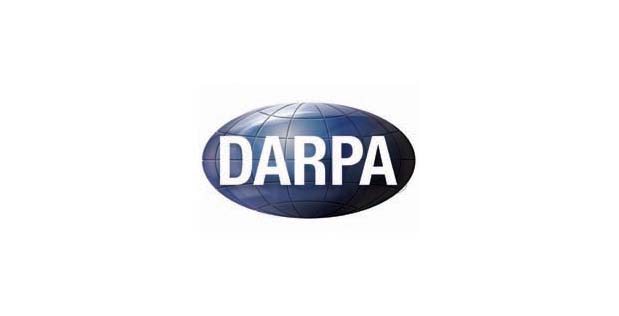El programa H6 presenta propuestas para relojes independientes de GPS que sostienen el cronometraje de microsegundos durante una semana, para apoyar diferentes sistemas que sincronizan con una base de tiempo que hoy brinda el sistema GPS. Los sistemas militares actuales dependen de las actualizaciones de tiempo del sistema de posicionamiento global (GPS), que son inherentemente vulnerables. Aunque el GPS es una capacidad revolucionaria, no es confiable bajo tierra o bajo el agua y puede degradarse o no estar disponible debido a la interferencia de la señal del adversario.
Mission success can come down to mere millionths or billionths of a second and current military systems that rely on global positioning system (GPS) timing updates are inherently vulnerable. Though GPS is a revolutionary capability, it is unreliable underground or underwater and can be degraded or unavailable due to adversarial signal jamming.
To overcome these limitations, DARPA’s H6 program seeks to develop ultra-small, low-power, fieldable clocks that can maintain their microsecond timing precision for one week over an operating range of -40 to 85 Celsius without GPS fixes.
“When clockmaker John Harrison developed his H1 through H5 marine chronometers to compete for British Parliament’s 1714 Longitude Act prize, determining longitude was the tactical mission challenge of the era,” said Jonathan Hoffman, DARPA program manager for H6 in the agency’s Microsystems Technology Office. “Today, GPS denial is the most significant PNT [positioning, navigation and timing] challenge. H6 is the spiritual successor to Harrison’s H5, and with it we aim to remove GPS-timing dependency while maintaining signal assurance, pervasive security, and high-bandwidth communications. H6 is the clock Harrison would build to solve today’s tactical mission challenge of GPS denial.”
Successful H6 proposers will solve the GPS denial challenge with technology that achieves this goal within low size, weight and power (SWaP) constraints.
The program has three phases. In Phase 1, performers will address both clock dependence on temperature and SWaP reduction. In Phase 2, performers will address clock aging, with operation demonstrated throughout the tactical temperature range. In Phase 3, performers are expected to demonstrate a fully integrated tactical-grade clock and the fabrication and delivery of five clocks.
The Broad Agency Announcement with full details for this opportunity is available on sam.gov. Abstracts are due June 16, 2022, with proposals due August 8. The work is expected to kick off in January 2023.
A virtual Proposers Day for those interested in submitting proposals is set for 11 a.m. EDT Monday, May 23. Advance registration is required by Wednesday, May 18 at 4 p.m., with limited capacity available on the webcast platform.
Fuente: https://www.darpa.mil


